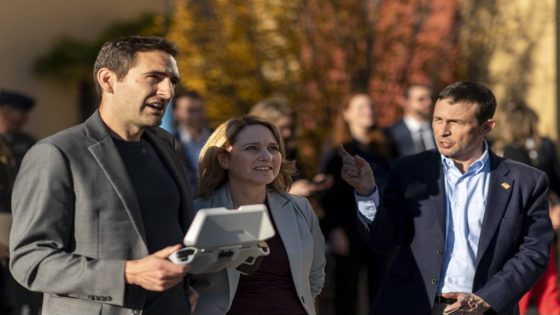The Pentagonâs lead innovation officer wants a bigger, faster and better funded repeat of Replicator, a program intended to field high-tech weapons in quick sprints.
The first version of the program, announced by Deputy Secretary of Defense Kathleen Hicks last summer, is focused on drones. Hicks has said that by 2025 Defense Department will field thousands of these âattritable autonomous systemsâ â or weapons that are more disposable than usual, like a plastic fork and knife compared to real silverware.
Replicator is still a work in progress, and officials in Congress and around the Pentagon still donât know if it can deliver. That hasnât stopped those working on it from planning the second version of the program â called Replicator 2.0 â which will focus on software.
At a conference focused on advanced technology in downtown Washington, head of the Defense Innovation Unit Doug Beck outlined his goals for the next version.
âThe next time itâll be even faster,â said Beck. âFor Replicator 2.0 I would like to have frankly even greater scale on the funding.â
In fiscal year 2024, Hicks has said the Pentagon will have $500 million â though officials are still working with Congress to secure a share of that total. The department requested that same amount for FY25 in its budget request debuted in March.
On a call with reporters May 5, two senior defense officials said that Replicator so far has been able to compress two-to-four years of work into the last eight months of work, since Hicks announced the program last August. The estimate is difficult to verify, since much of Replicator is classified, including almost all of the drones the Pentagon is actually buying and in what numbers.
The only system theyâve said they are buying is AeroVironmentâs Switchblade 600, a loitering munition used in Ukraine that has been on contract in the Pentagon for years.
âItâll be multiple 1000s,â Beck said of the first version of Replicator. âI think some of these things need multiple, multiple 1000sâ going forward.
On Sunday, one of the defense officials made a similar argument. Their goal for the next version of Replicator, the official said, is to learn how to buy and field weapons quickly and then share those lessons with the rest of the Pentagon.
The two officials said that the program is on track to meet its numeric goals as it nears the halfway point. The cultural goals are much harder to verify, but they said that lower levels of the Pentagon bureaucracy are starting to take lessons from it.
âThis is a start,â Beck said.
Noah Robertson is the Pentagon reporter at Defense News. He previously covered national security for the Christian Science Monitor. He holds a bachelorâs degree in English and government from the College of William & Mary in his hometown of Williamsburg, Virginia.
Courtney Albon is C4ISRNETâs space and emerging technology reporter. She has covered the U.S. military since 2012, with a focus on the Air Force and Space Force. She has reported on some of the Defense Departmentâs most significant acquisition, budget and policy challenges.
Source Agencies


